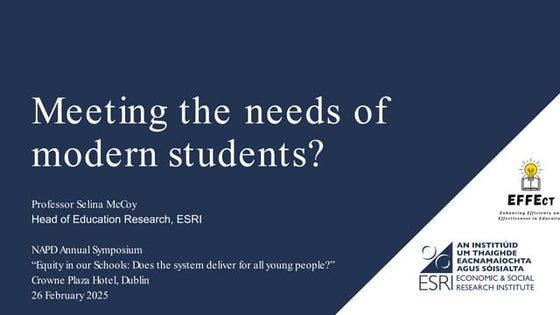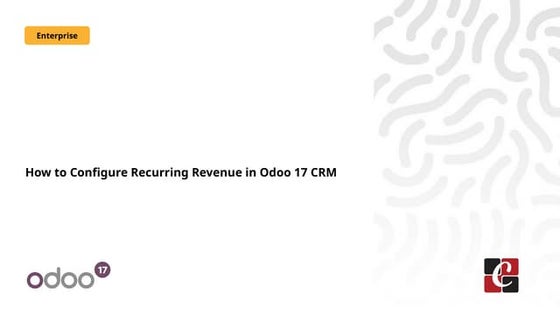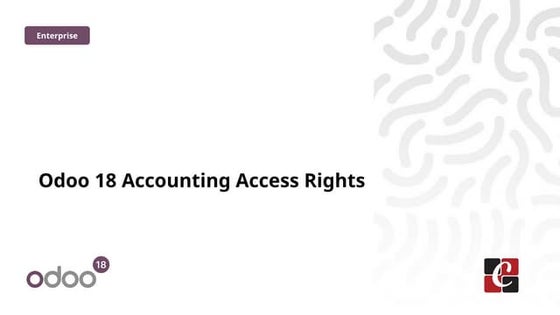Cardiac Rehabilitation
Phase I of cardiac rehabilitation relates to the period of hospitalization following an acute cardiac event. The goals are to condition the patient, make them functionally independent, and provide counseling on nutrition, psychology, and secondary prevention. Phase II encompasses the immediate post-discharge period of 4-6 weeks, focusing on resuming physical activity and managing anxiety/depression through education, telephone follow-ups, and home visits. Phase III incorporates ongoing exercise training, education, and psychosocial/vocational interventions over 6-12 weeks to further functional goals and manage lifestyle changes long-term. Phase IV constitutes lifelong maintenance of lifestyle changes through continued professional monitoring.

































































Recommended




























































More Related Content
What's hot (20)












































Similar to Cardiac Rehabilitation (20)






































Recently uploaded (20)






























Cardiac Rehabilitation
- 6. Phase I Relates to the period of hospitalization following an acute cardiac event. The duration of this phase may vary depending on the initial diagnosis, the severity of the event, and individual institutions, usually one week acute event/post-op.
- 7. Objectives â Conditioning from acute event/post-CABG â To make the patient functionally independent â To adjust with discharge from hospital â Psychological counselling â Nutritional counselling â Secondary prevention targetting
- 8. Phase I During this phase, the patient will: â Have early mobilization and adequate discharge planning. â Undergo a risk factor assessment and risk stratification. â Receive information regarding their diagnosis, risk factors, medications, and work/social issues. â Receive involvement and support of family and/or partner.
- 10. Phase II This phase encompasses the immediate post-discharge period, which is typically a period of 4-6 weeks.
- 11. Objectives â Functional goals â exercise training under supervision or at home â Psychosocial goals â Anxiety/depression management â Secondary preventive targets
- 12. Phase II Focuses on : â Health education â Resumption of physical activity In the format of : â Telephone follow-up â Home visits â Individual/group education sessions
- 14. Objectives â Functional goals â Exercise training under supervision â Psychosocial goals â Return to work, hobbies and lifestyle â Anxiety/depression management â Secondary preventive targets
- 15. Phase III This phase is sometimes erroneously referred to as the âExerciseâ phase. It incorporates : â Exercise training in combination with ongoing education and psychosocial and vocational interventions. â The duration of this phase may vary from 6-12 weeks, with patients required to attend a CR unit 2-3 times/week for structured exercise and other lifestyle interventions.
- 17. Phase IV This phase constitutes the components of long-term maintenance of lifestyle changes and professional monitoring of clinical status. It is when patients leave the structured Phase III program and continue exercise and other lifestyle modifications indefinitely. This may be facilitated in the CR unit itself or in a local leisure center. Phase IV may involved helping them set a safe and realistic maintenance program.
- 18. Objectives â Maintenance of achieved functional status â Return to work â Return to hobbies with lifestyle modifications. â Secondary preventive targets.





